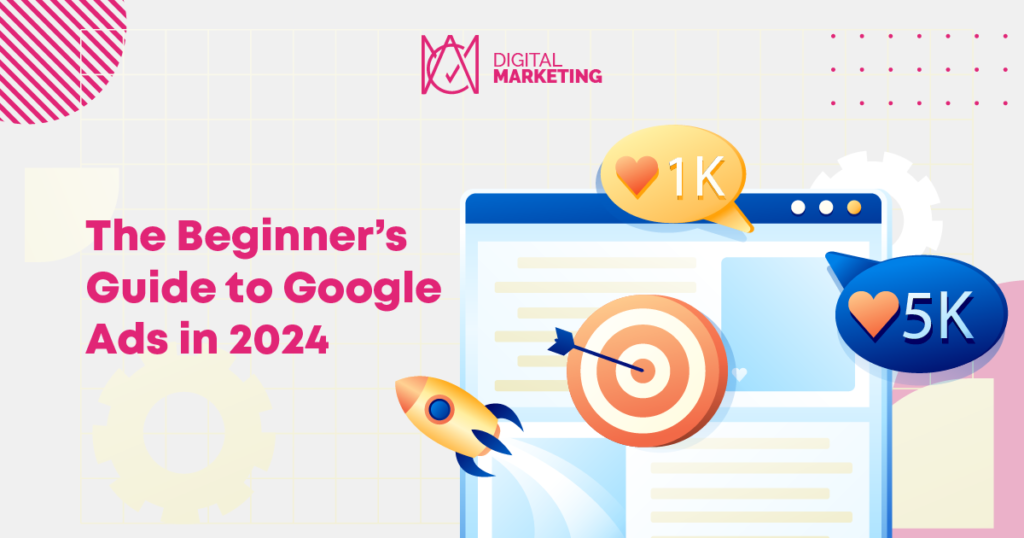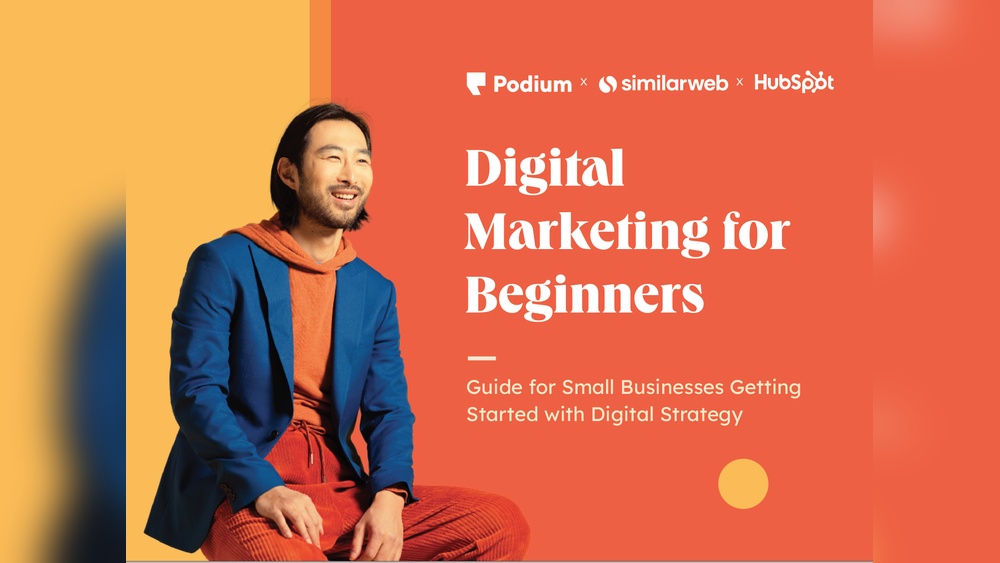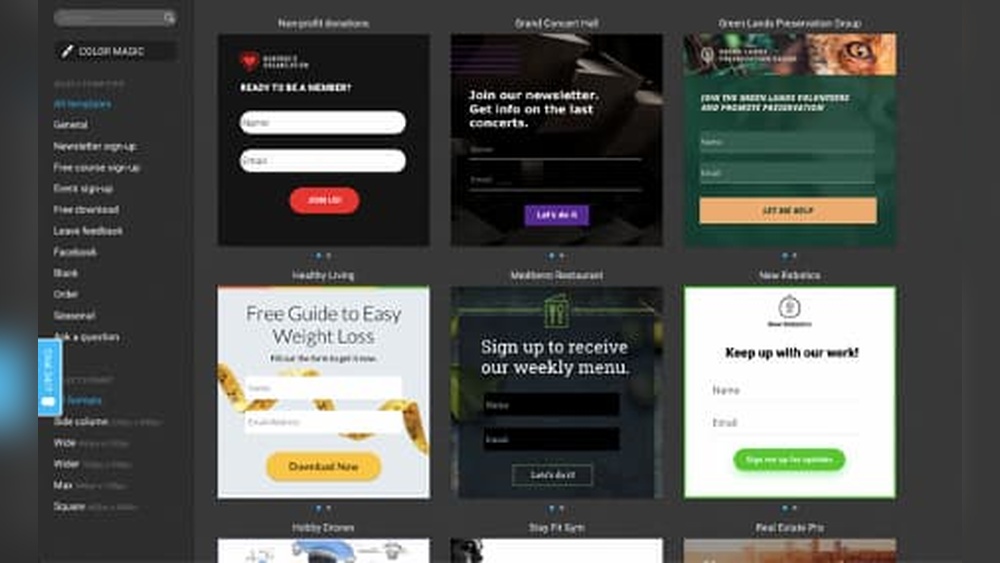If you’re a business owner wondering how to attract more customers without breaking the bank, digital marketing is the key. You might feel overwhelmed by all the tools and terms, but this guide breaks it down into simple steps you can follow right now.
Imagine turning your website into a powerful sales machine, reaching the right people at the right time, and growing your business faster than ever before. Keep reading, because by the end of this article, you’ll know exactly how to start using digital marketing to boost your brand and connect with your ideal customers—no tech skills required.

Credit: inboundhype.com
Digital Marketing Basics
Digital marketing uses various channels to reach customers online. Choosing the right channels helps businesses grow and connect. These essential digital channels form the base of any marketing plan. They allow businesses to increase visibility, build relationships, and drive sales.
Each channel has its strengths and suits different goals. Understanding these channels helps business owners make smart decisions. Below are the main digital channels every beginner should know.
Search Engine Optimization (seo)
SEO improves your website’s ranking on search engines like Google. Higher rankings bring more visitors to your site without paying for ads. It involves using keywords, creating quality content, and building links. SEO helps your business appear in search results when customers look for products or services you offer.
Good SEO increases trust and credibility. It makes your website easier to find and use. Small changes like adding keywords or improving page speed make a big difference. SEO is a long-term strategy that grows your organic traffic over time.
Social Media Platforms
Social media platforms connect businesses directly with customers. Facebook, Instagram, LinkedIn, and Twitter are popular options. These platforms let you share updates, promotions, and stories. They also enable interaction through comments and messages.
Social media helps build brand awareness and loyalty. It allows businesses to target specific audiences with ads and posts. Regular activity on social channels keeps your audience engaged and informed. It is a cost-effective way to reach many people quickly.
Email Marketing
Email marketing sends messages directly to people who show interest in your business. It is useful for sharing news, offers, and personalized content. Emails keep customers informed and encourage repeat sales.
Building an email list is important. You collect emails through sign-ups on your website or social media. Email marketing is affordable and delivers a high return on investment. Well-crafted emails create trust and strengthen customer relationships.
Paid Advertising
Paid advertising places your ads on search engines, social media, or websites. You pay only when someone clicks your ad or sees it. Popular platforms include Google Ads and Facebook Ads.
Paid ads give immediate visibility and help target specific groups. You can control budgets and measure results easily. Ads can boost traffic, leads, or sales quickly. It works well alongside SEO and social media for faster growth.

Credit: offers.hubspot.com
Essential Digital Channels
Digital marketing offers many opportunities but also presents common challenges. Business owners often face obstacles that can slow progress or waste resources. Understanding these challenges helps find practical solutions. This section highlights typical problems and ways to overcome them.
Managing Budget Constraints
Many small businesses have limited budgets for marketing. Spending too much too soon can cause financial strain. Focus on low-cost strategies like social media and email marketing. Track spending closely to avoid overspending. Use free tools to analyze and improve campaigns. Prioritize channels that deliver the best results for your budget. Small, steady investments often lead to better outcomes than large, risky ones.
Handling Competition
Competition in digital marketing is intense. Many businesses target the same customers online. Stand out by defining a clear brand message. Offer unique value that competitors do not provide. Use customer feedback to improve your services. Analyze competitors’ strategies to find gaps. Focus on building strong relationships with your audience. Consistent quality and trust help beat competition over time.
Keeping Up With Trends
Digital marketing changes quickly. New tools and platforms appear regularly. Staying updated can feel overwhelming. Follow trusted industry blogs and news sources. Join online groups or forums for marketers. Test new techniques on a small scale first. Keep learning through free webinars or courses. Adapting to trends keeps your marketing relevant and effective.

Credit: acmdigital.marketing
Frequently Asked Questions
What Is The 3 3 3 Rule In Marketing?
The 3 3 3 rule in marketing means targeting three messages to three audience segments across three channels. It boosts engagement and focus.
What Are The 7 C’s Of Digital Marketing?
The 7 C’s of digital marketing are Content, Customer, Context, Community, Convenience, Consistency, and Channels. They guide effective strategy and engagement.
What Are The 5 C’s Of Digital Marketing?
The 5 C’s of digital marketing are Content, Creative, Campaigns, Conversions, and Customer. These focus areas drive effective marketing strategies.
What Is The 7 Times 7 Rule In Marketing?
The 7 times 7 rule in marketing means a customer must see a message 7 times across 7 different channels. This repetition builds trust and increases brand recall. Marketers use it to enhance customer engagement and improve conversion rates.
Conclusion
Digital marketing helps businesses reach more customers online. Start with clear goals and simple strategies. Focus on creating useful content and engaging with your audience. Use tools like SEO and social media to grow your presence. Keep learning and adapting to changes in the market.
Small steps lead to steady progress and better results. Digital marketing is a journey, not a quick fix. Stay patient and consistent to see real benefits. Your business can thrive with the right digital marketing approach.




